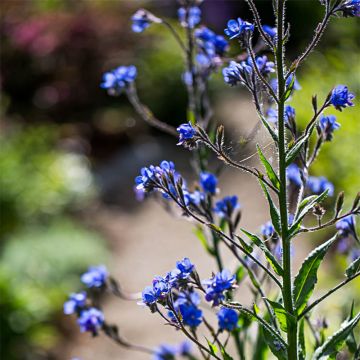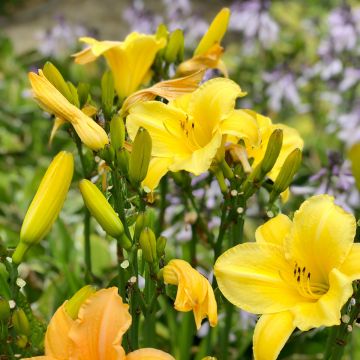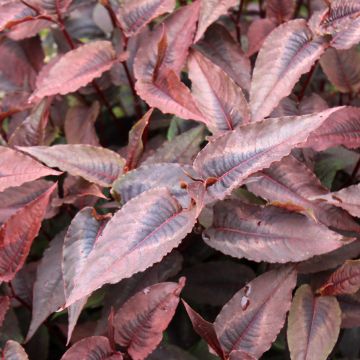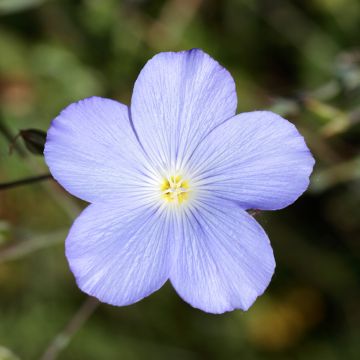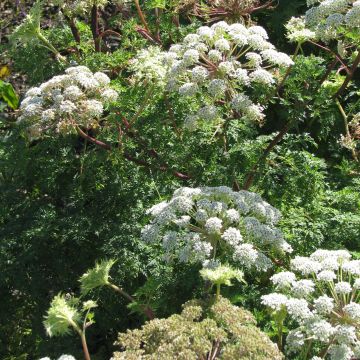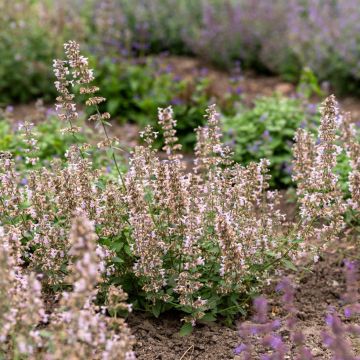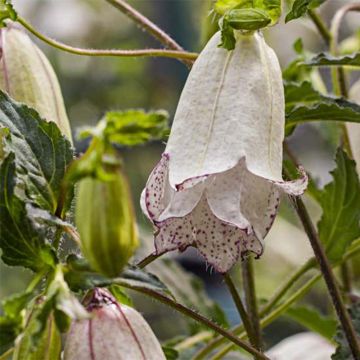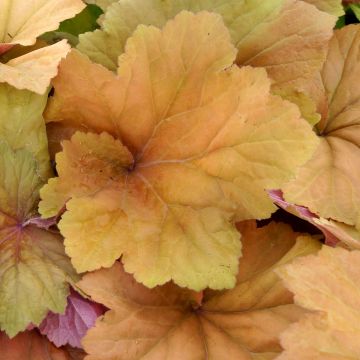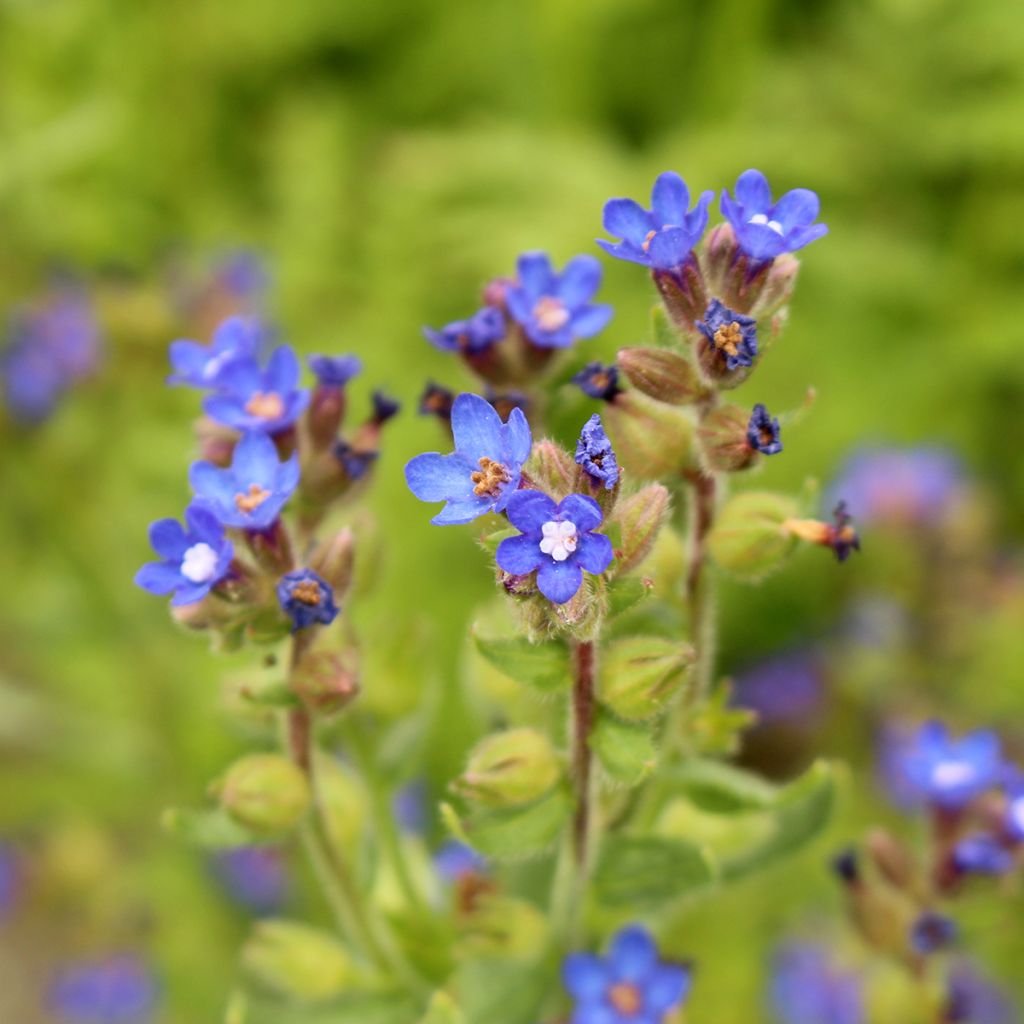

Anchusa azurea Loddon Royalist
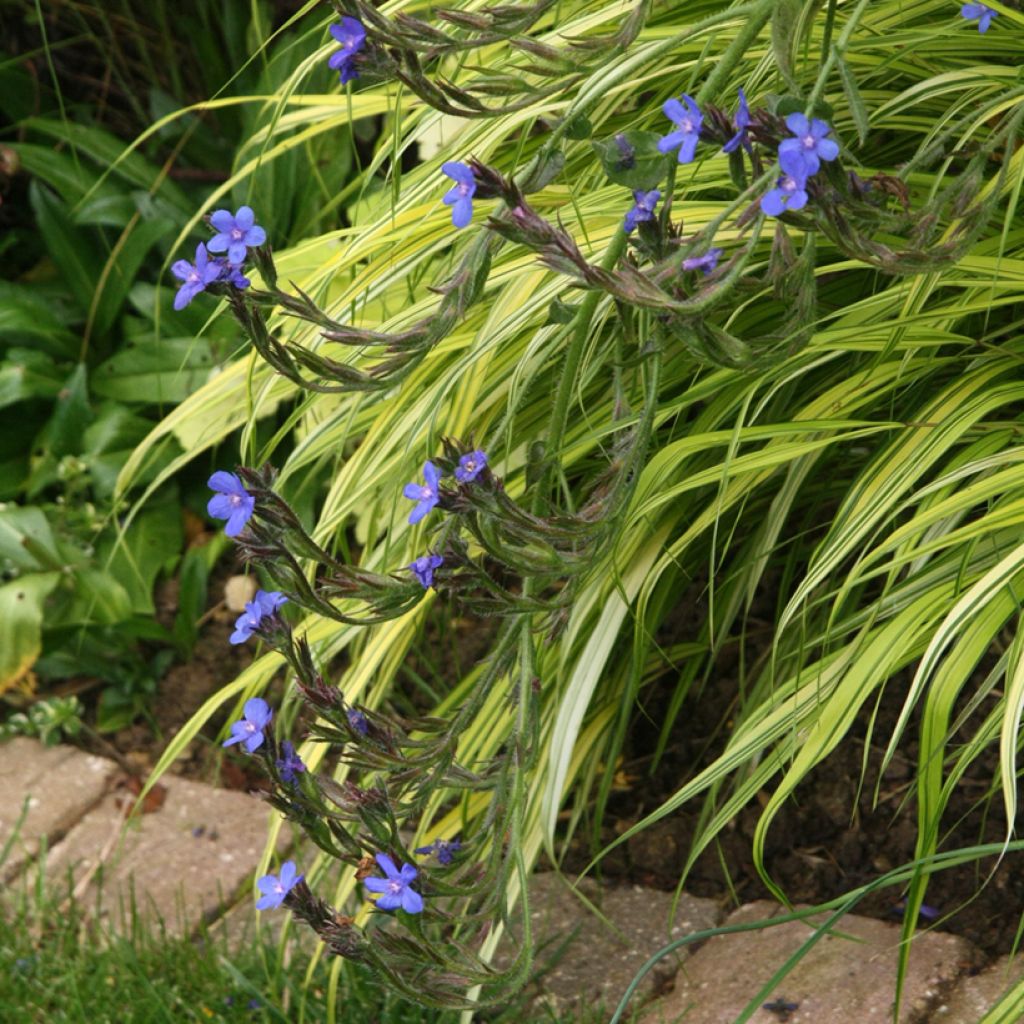

Anchusa azurea Loddon Royalist
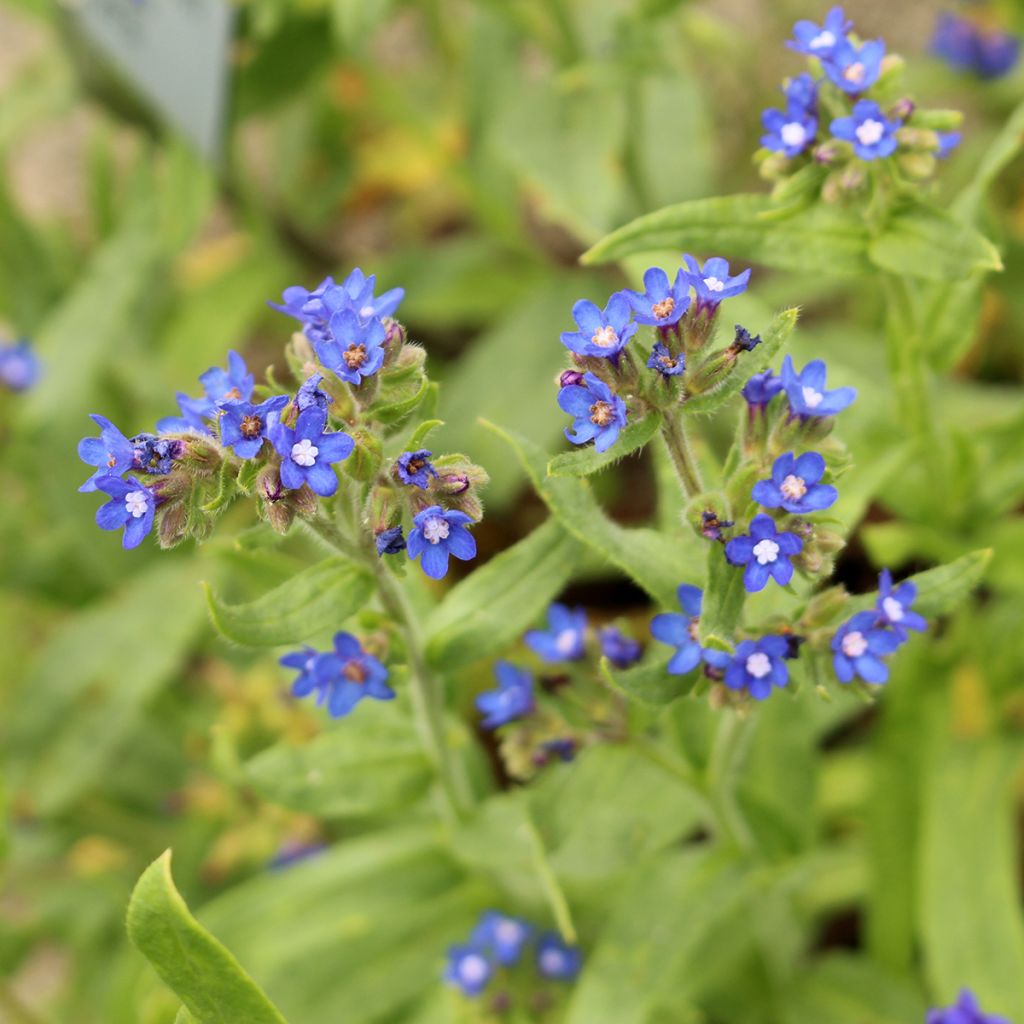

Anchusa azurea Loddon Royalist
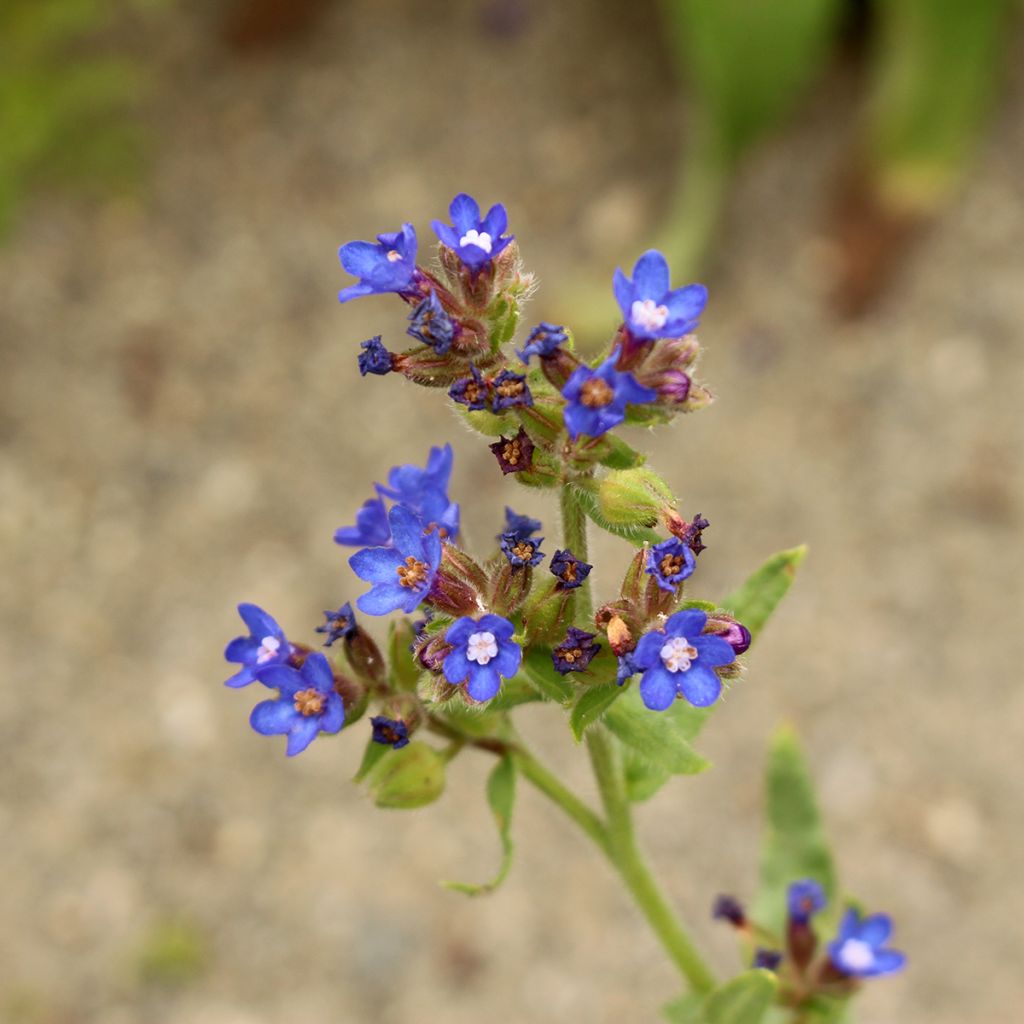

Anchusa azurea Loddon Royalist
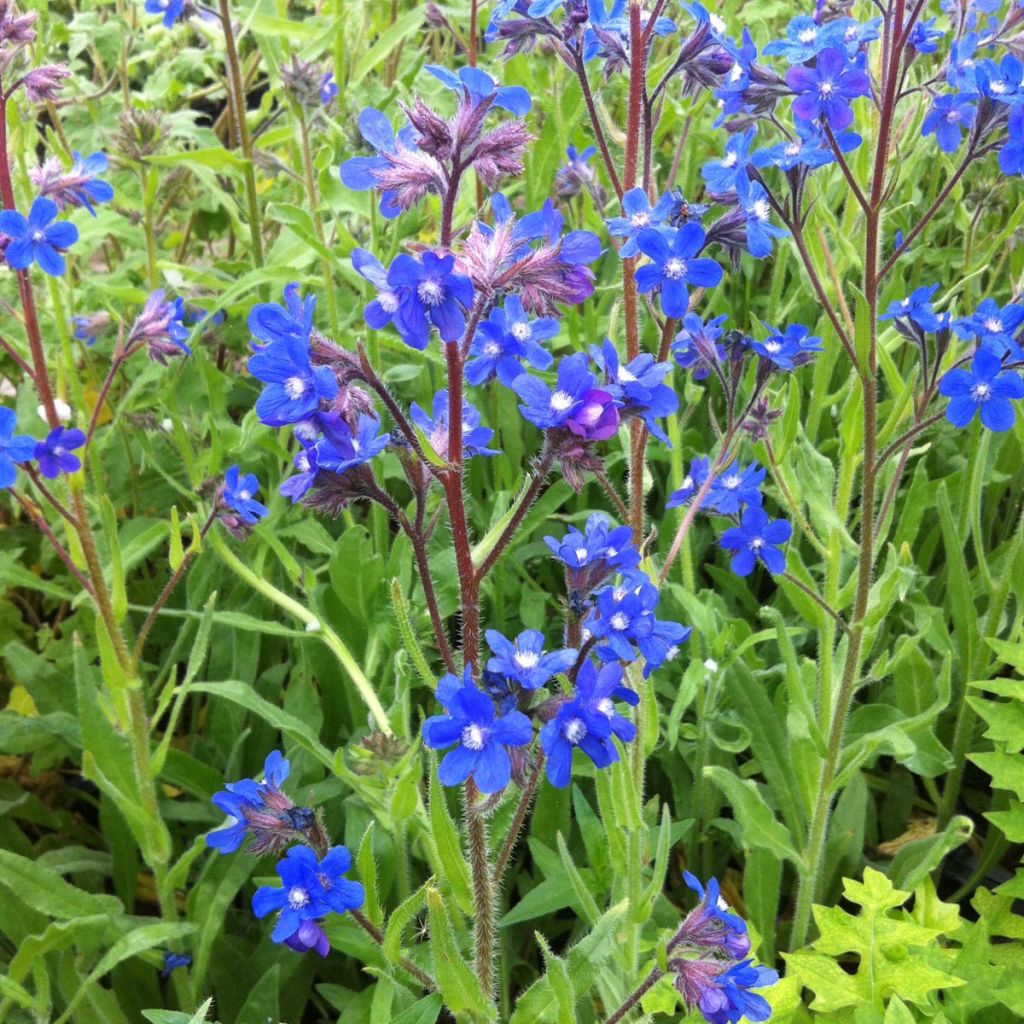

Anchusa azurea Loddon Royalist
Anchusa azurea Loddon Royalist
Anchusa azurea Loddon Royalist
Italian Bugloss, Garden Anchusa
This item cannot be shipped to the selected country
Delivery charge from €5.90
More information
Schedule delivery date,
and select date in basket
This plant carries a 12 months recovery warranty
More information
We guarantee the quality of our plants for a full growing cycle, and will replace at our expense any plant that fails to recover under normal climatic and planting conditions.
From €5.90 for pickup delivery and €6.90 for home delivery
Express home delivery from €8.90.

Does this plant fit my garden?
Set up your Plantfit profile →
Description
Anchusa azurea 'Loddon Royalist', also known as Italian Bugloss, is a tall perennial herbaceous plant related to borage. It has broad hairy leaves and showcases long-lasting bunches of rare and intense, saturated blue flowers throughout spring and deep into summer, a colour not commonly seen in our gardens. This undemanding plant spreads rapidly and forms large clumps. An excellent subject for borders and pots, and an essential addition to cottage gardens.
Italian Bugloss belongs to the Boraginaceae family and is native to the Mediterranean and the Black Sea regions. It grows in temperate meadows in Asia and Europe. 'Loddon Royalist' is a shorter and more robust cultivar when compared to the wild species. This upright perennial can reach a height of 80 cm (32in) and a spread of 50 cm (20in) within two years of cultivation. Flowering begins in May and lasts until August. The fairly large blue flowers are nectar-rich and held in initially compact clusters that become more spread out in a terminal panicle. The corolla is 10 to 13 mm (1in) long. The entire plant has stiff spreading bristles and the stems are erect and branched. The leaves are oblong and lanceolate, entire, with the lower ones attached with a petiole, and the upper ones petiole-less.
Italian Bugloss naturally grows in fields and limestone slopes. Plant it in rich, deep, loose, neutral to alkaline, and well-drained soil. It is robust but has a shorter lifespan in heavy soils. It requires full sun and an open location, allowing enough space for its extensive root system. In very hot climates, partial shade preserves the flower's colour. It may require support. Remove faded flower stems to encourage reblooming. Divide every three years, in autumn or winter.
Anchusa azurea 'Loddon Royalist' shares the preference for rich and fairly heavy soil with borage. Create simple plant groups by combining them with phlox, carnations, goldenrods, mulleins, cosmos, daisies, chamomiles...
Report an error about the product description
Anchusa azurea Loddon Royalist in pictures


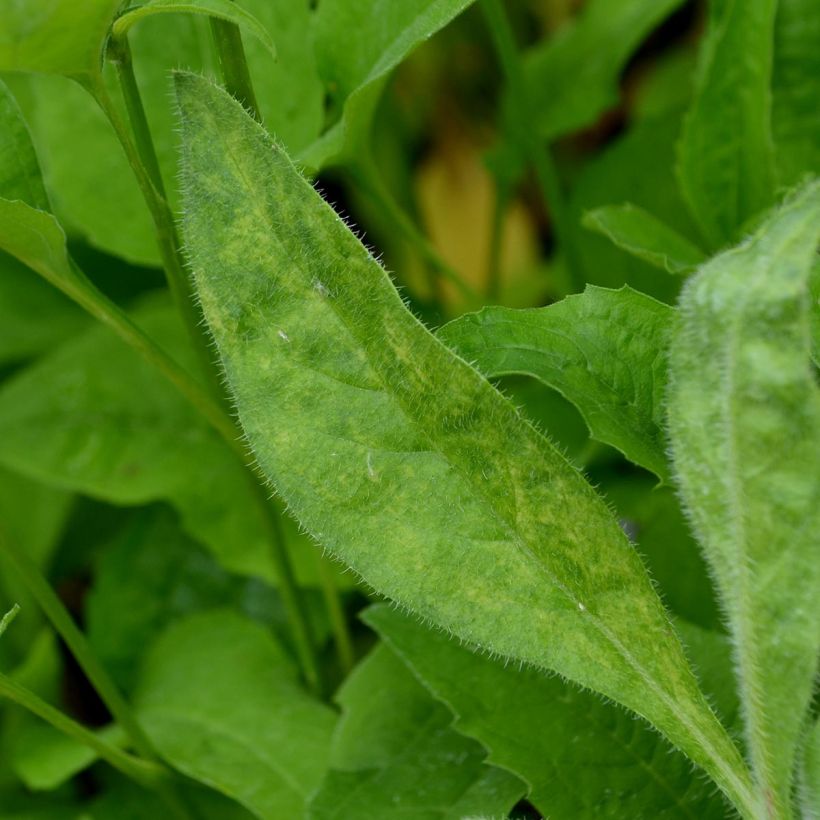



Flowering
Foliage
Plant habit
Botanical data
Anchusa
azurea
Loddon Royalist
Boraginaceae
Italian Bugloss, Garden Anchusa
Cultivar or hybrid
Other Anchusa
Planting and care
Italian Bugloss naturally grows in fields and limestone slopes. Plant it in rich, deep, loose, neutral to limestone and well-drained soil. It is a robust perennial plant but will have a short lifespan in heavy soil. It requires full sun and an open location, allowing space for its root system. In very hot climates, partial shade preserves the flower colour. It may need support. Remove faded flower stems to encourage re-flowering. Divide every three years, in autumn or winter.
Planting period
Intended location
Care
-
, onOrder confirmed
Reply from on Promesse de fleurs
Summer flowering perennials
Haven't found what you were looking for?
Hardiness is the lowest winter temperature a plant can endure without suffering serious damage or even dying. However, hardiness is affected by location (a sheltered area, such as a patio), protection (winter cover) and soil type (hardiness is improved by well-drained soil).

Photo Sharing Terms & Conditions
In order to encourage gardeners to interact and share their experiences, Promesse de fleurs offers various media enabling content to be uploaded onto its Site - in particular via the ‘Photo sharing’ module.
The User agrees to refrain from:
- Posting any content that is illegal, prejudicial, insulting, racist, inciteful to hatred, revisionist, contrary to public decency, that infringes on privacy or on the privacy rights of third parties, in particular the publicity rights of persons and goods, intellectual property rights, or the right to privacy.
- Submitting content on behalf of a third party;
- Impersonate the identity of a third party and/or publish any personal information about a third party;
In general, the User undertakes to refrain from any unethical behaviour.
All Content (in particular text, comments, files, images, photos, videos, creative works, etc.), which may be subject to property or intellectual property rights, image or other private rights, shall remain the property of the User, subject to the limited rights granted by the terms of the licence granted by Promesse de fleurs as stated below. Users are at liberty to publish or not to publish such Content on the Site, notably via the ‘Photo Sharing’ facility, and accept that this Content shall be made public and freely accessible, notably on the Internet.
Users further acknowledge, undertake to have ,and guarantee that they hold all necessary rights and permissions to publish such material on the Site, in particular with regard to the legislation in force pertaining to any privacy, property, intellectual property, image, or contractual rights, or rights of any other nature. By publishing such Content on the Site, Users acknowledge accepting full liability as publishers of the Content within the meaning of the law, and grant Promesse de fleurs, free of charge, an inclusive, worldwide licence for the said Content for the entire duration of its publication, including all reproduction, representation, up/downloading, displaying, performing, transmission, and storage rights.
Users also grant permission for their name to be linked to the Content and accept that this link may not always be made available.
By engaging in posting material, Users consent to their Content becoming automatically accessible on the Internet, in particular on other sites and/or blogs and/or web pages of the Promesse de fleurs site, including in particular social pages and the Promesse de fleurs catalogue.
Users may secure the removal of entrusted content free of charge by issuing a simple request via our contact form.
The flowering period indicated on our website applies to countries and regions located in USDA zone 8 (France, the United Kingdom, Ireland, the Netherlands, etc.)
It will vary according to where you live:
- In zones 9 to 10 (Italy, Spain, Greece, etc.), flowering will occur about 2 to 4 weeks earlier.
- In zones 6 to 7 (Germany, Poland, Slovenia, and lower mountainous regions), flowering will be delayed by 2 to 3 weeks.
- In zone 5 (Central Europe, Scandinavia), blooming will be delayed by 3 to 5 weeks.
In temperate climates, pruning of spring-flowering shrubs (forsythia, spireas, etc.) should be done just after flowering.
Pruning of summer-flowering shrubs (Indian Lilac, Perovskia, etc.) can be done in winter or spring.
In cold regions as well as with frost-sensitive plants, avoid pruning too early when severe frosts may still occur.
The planting period indicated on our website applies to countries and regions located in USDA zone 8 (France, United Kingdom, Ireland, Netherlands).
It will vary according to where you live:
- In Mediterranean zones (Marseille, Madrid, Milan, etc.), autumn and winter are the best planting periods.
- In continental zones (Strasbourg, Munich, Vienna, etc.), delay planting by 2 to 3 weeks in spring and bring it forward by 2 to 4 weeks in autumn.
- In mountainous regions (the Alps, Pyrenees, Carpathians, etc.), it is best to plant in late spring (May-June) or late summer (August-September).
The harvesting period indicated on our website applies to countries and regions in USDA zone 8 (France, England, Ireland, the Netherlands).
In colder areas (Scandinavia, Poland, Austria...) fruit and vegetable harvests are likely to be delayed by 3-4 weeks.
In warmer areas (Italy, Spain, Greece, etc.), harvesting will probably take place earlier, depending on weather conditions.
The sowing periods indicated on our website apply to countries and regions within USDA Zone 8 (France, UK, Ireland, Netherlands).
In colder areas (Scandinavia, Poland, Austria...), delay any outdoor sowing by 3-4 weeks, or sow under glass.
In warmer climes (Italy, Spain, Greece, etc.), bring outdoor sowing forward by a few weeks.

































